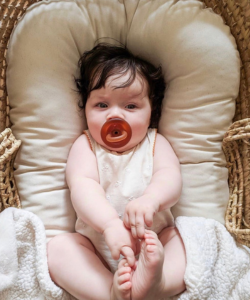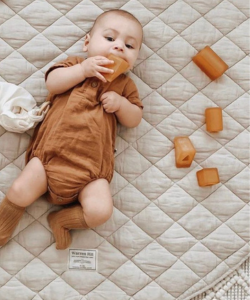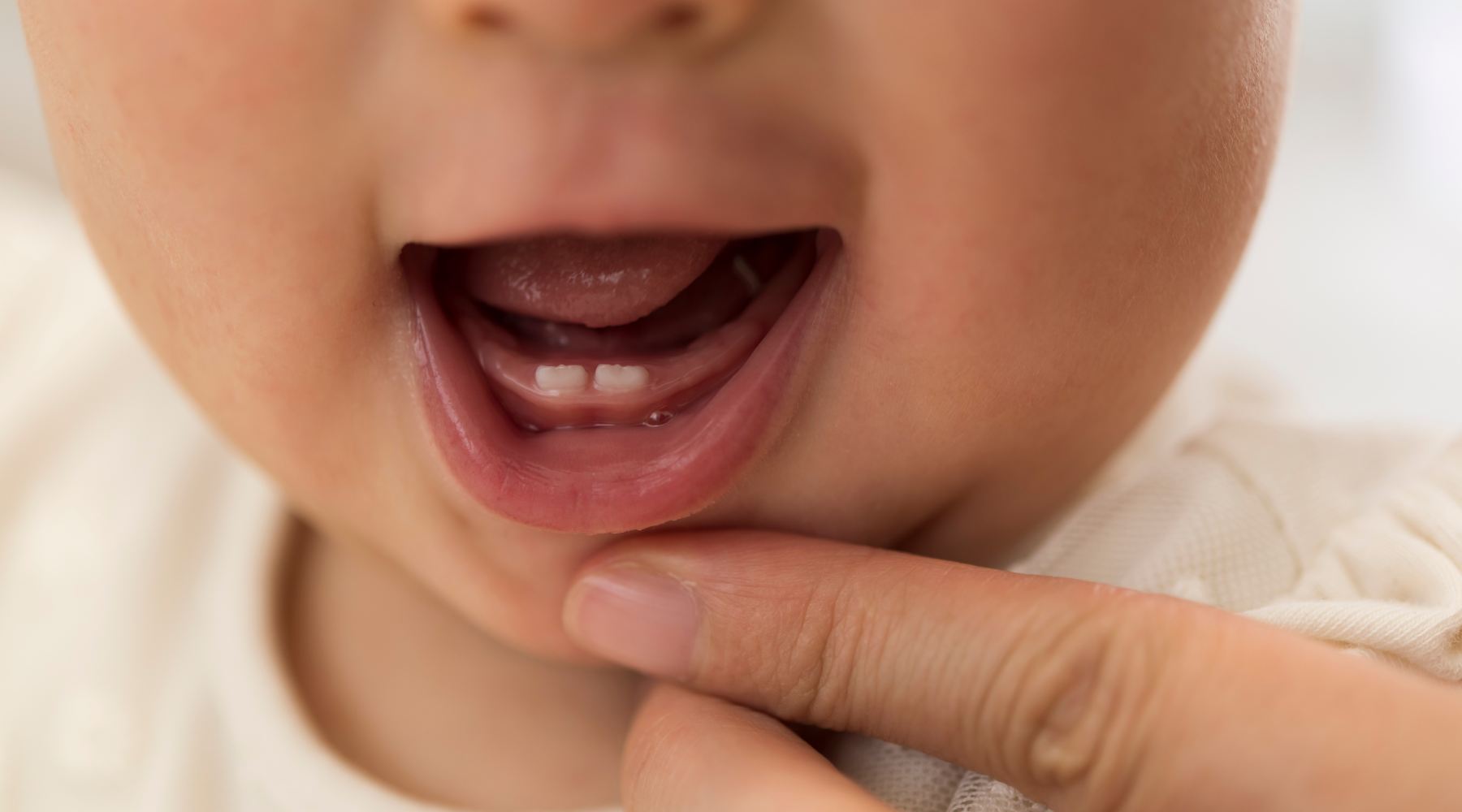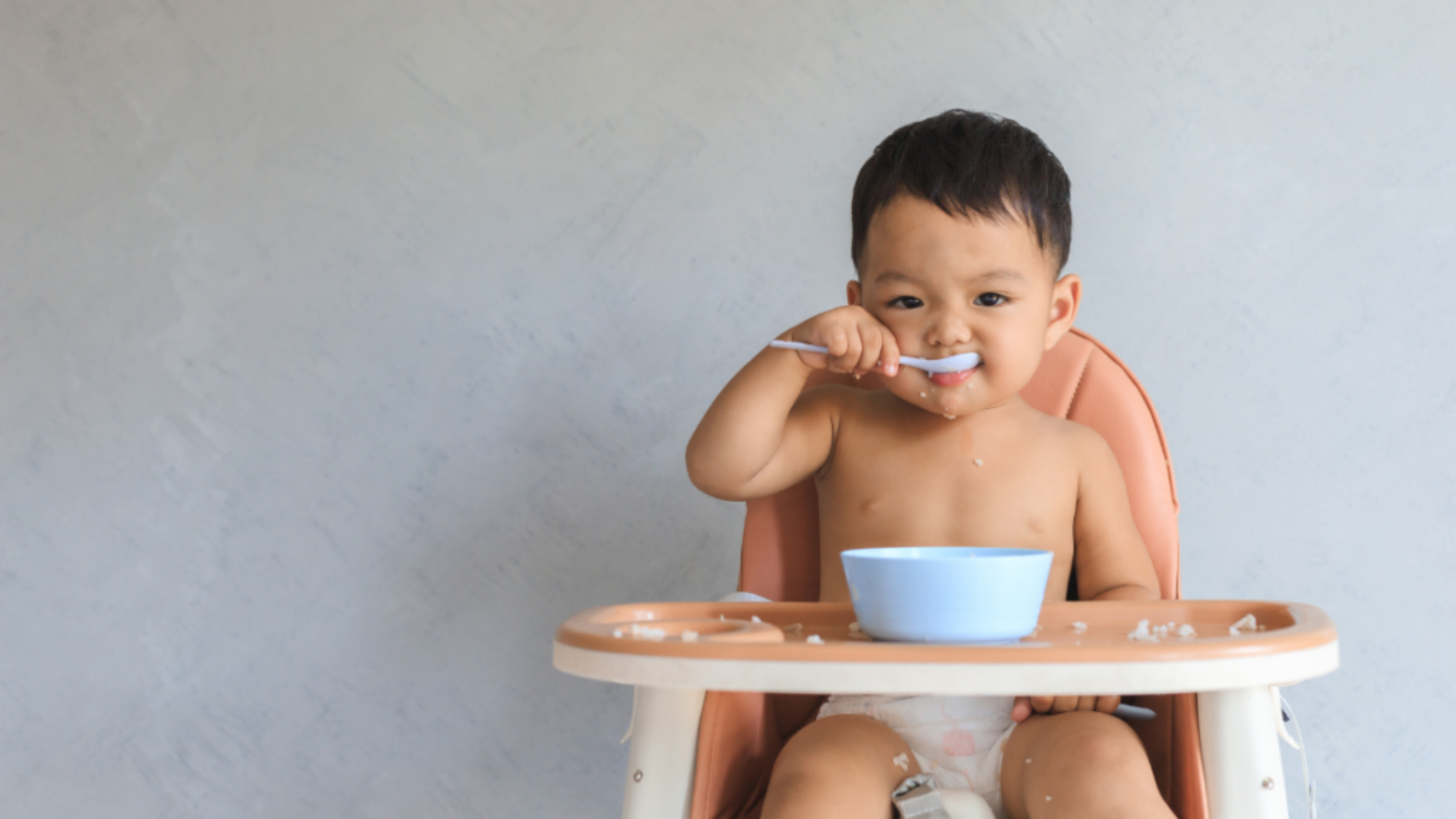
How to Sterilize Natural Rubber Pacifiers
Being a parent comes with a lot of responsibility. There are many little tasks throughout the day that we don’t even consider necessary until becoming a parent. One of these essential skills for parenting, is knowing how to properly sterilize natural rubber pacifiers.
In this article we will teach you the best ways to sterilize your natural rubber pacifier, along with tips to keep them clean for your baby. Please note these tips can be used on any type of pacifier—natural rubber (latex) or silicone.
Sterilize Before First Use
To sterilize something is to make something free from bacteria or other living microorganisms. Sterilizing natural rubber pacifiers is especially important to do prior to first use to ensure any “free agents” it might have picked up from the time between manufacturing to shipping to your home, have been neutralized.
Sterilize vs Sanitize
It is important to differentiate between sterilizing your natural rubber pacifier, and sanitizing your natural rubber pacifier.
As mentioned above, when sterilization gets rid of all germs, sanitizing aims to lower the amount to a safe level. We will discuss the importance of this differentiation throughout the article.

How to Sterilize Natural Rubber Pacifiers.
It is important to remember that “sterilizing” your child’s pacifier is important to do before the first use.
For daily cleaning, “sanitizing”, please read further into this article.
Our preferred method to sterilize natural rubber pacifiers is simple and does not require any fancy equipment. (Who needs another contraption sitting on the kitchen counter!?!) All you need is hot boiled water.
- Heat a pot of clean water to a full boil on your stove top – meaning, the water is bubbling. Make sure the water is deep enough to fully submerge your natural rubber pacifier.
- Once the water has met boiling point, remove the pan from the stove top. Carefully immerse the pacifier into the hot boiled water for at least two minutes.
- Using a large spoon or tongs, carefully remove your Ecopacifier from the pot of water. Be extra cautious when working with boiling or hot water!
- Allow the pacifier to dry on a clean drying rack or towel.
- Make sure the natural rubber pacifier has cooled down completely before giving it to your baby.
Important Note About Water Temperature
It is important to note that the hot water has been removed from the heating source and is not left boiling while the pacifier is submerged. Natural rubber tends to break down if over exposed to temperatures of 100°C. For this reason, we do not recommend using microwave sterilizers, as microwaves can “Super Heat”.
Super-heating occurs when water in the microwave heats water past its boiling point and the water is unable to form bubbles because there are no nucleation sites (essentially rough spots for the bubbles to form on). As soon as the water is disturbed or a nucleation site is introduced, the built-up superheated water forms steam very quickly, causing a small explosion of boiling water. – WikiHow
If for one reason or another you must use a microwaving sterilizer, read the manufacturers details, confirming that the unit will not heat above 100°C. Again, we do not recommend this.
How often should I sterilize natural rubber pacifiers?
How often you sterilize is determined by a number of variables.
Does your baby go to childcare?
Are you traveling through airports, etc?
Are you mostly cozy at home each day?
On average we recommend that you sterilize natural rubber pacifiers once a month, using the boiled water method detailed above. Over sterilizing your natural rubber pacifier can lead to a breakdown of the natural latex material.
How to Sanitize Natural Rubber Pacifiers
Germs are a part of everyday life. There is no escaping them, especially with children in the house. To sanitize your natural rubber pacifier simply rinse them in warm, soapy water, and dry with a towel to ensure there is no soapy residue left.
Creating a daily routine, perhaps at the end of the day, to wash away germs is recommended. It might feel like just one more thing to remember, however we promise that it’s one of those little tasks that will just become second nature. You’ve got this, and Ecopiggy is here for you.
Additional Read: How Often Should I Replace My Natural Rubber Pacifier






Leave a comment
This site is protected by hCaptcha and the hCaptcha Privacy Policy and Terms of Service apply.